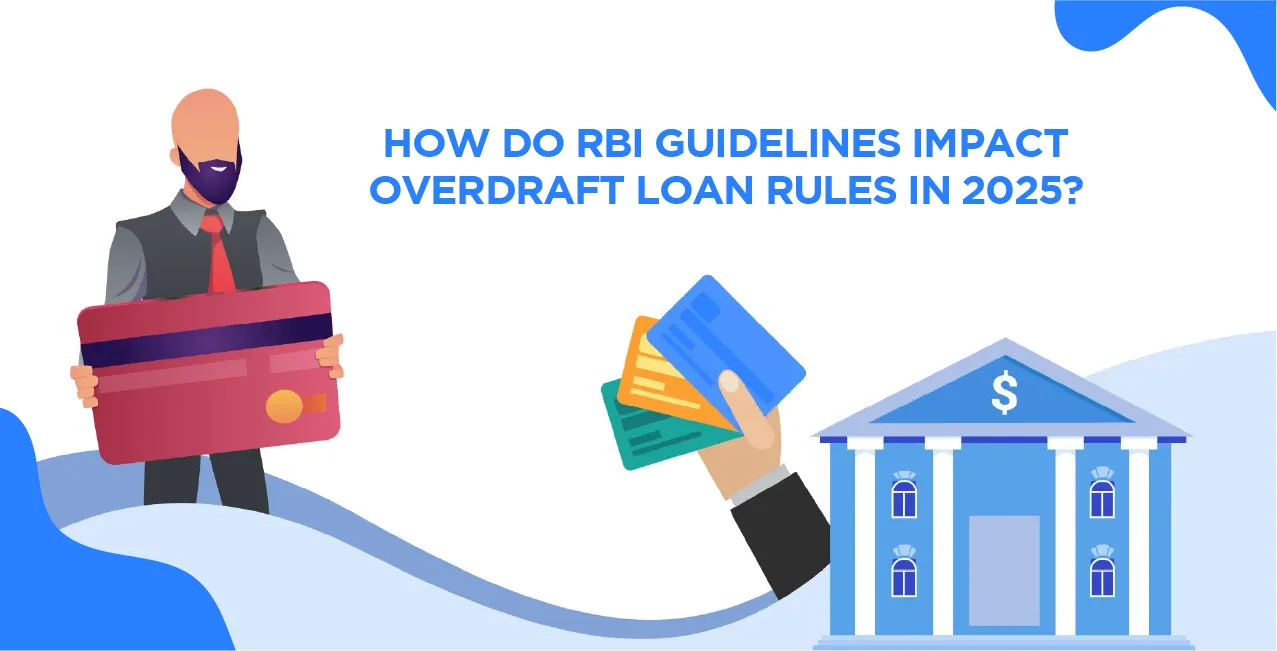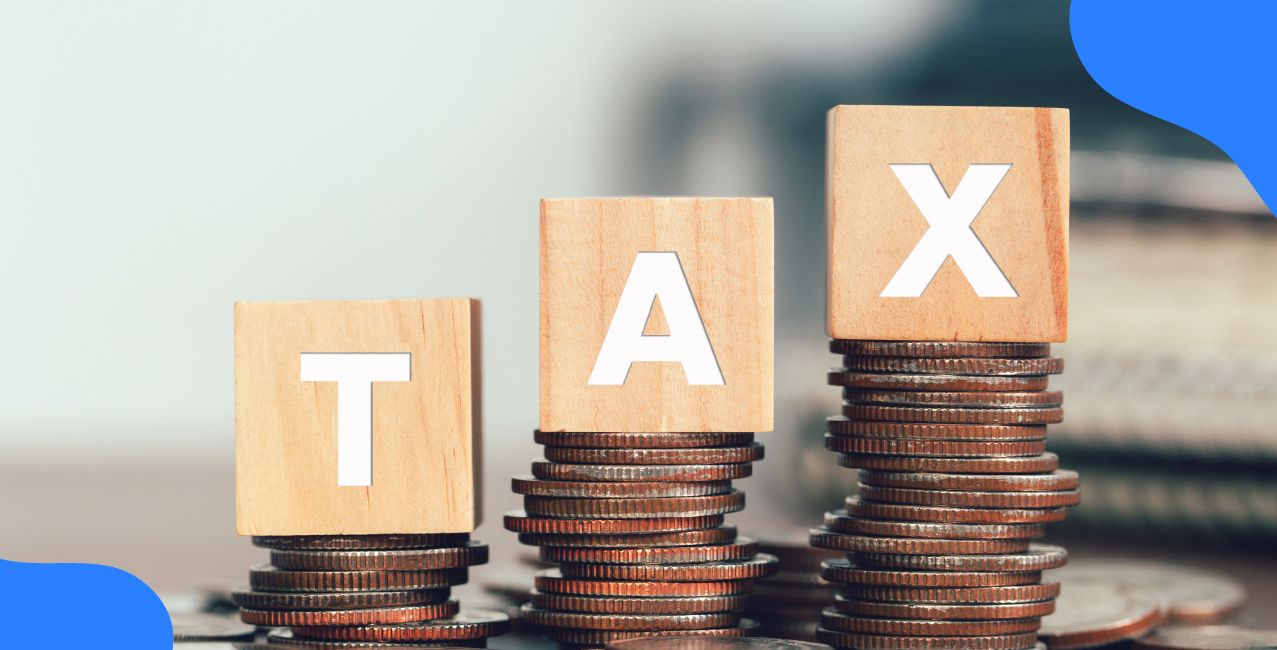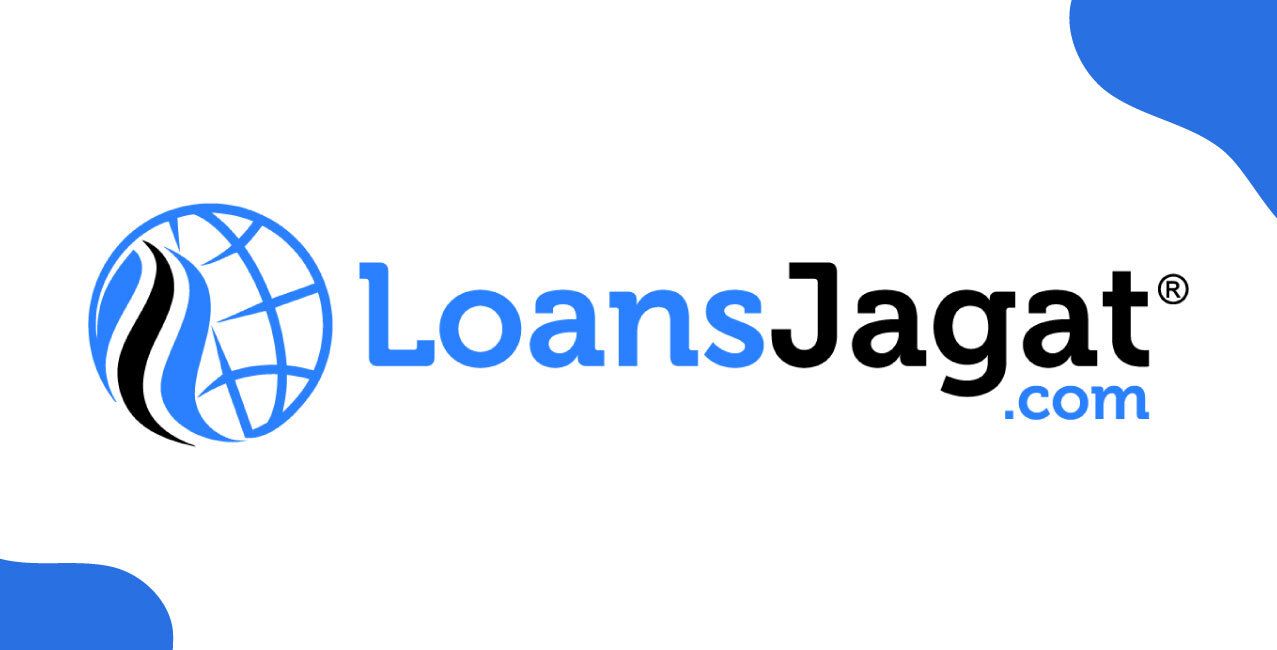
Author
LoansJagat Team
Read Time
5 Min
20 Jun 2025
How do RBI Guidelines Impact Overdraft Loan Rules in 2025?
Are you paying hidden charges every time you close your loan early? You’re not alone. Many Indians find themselves with extra payments even when they try to reduce their debt more quickly.
That’s changing now. The RBI's 2025 updates have shaken the traditional loan system, particularly for overdraft facilities and floating-rate loans. These changes could directly save you thousands of rupees.
The Background: What Changed in 2025?
This year, the Reserve Bank of India revised key rules affecting overdraft loans and floating-rate credit. The new rules apply to both individual borrowers and Micro and Small Enterprises (MSEs), with a focus on making loan repayment fairer.
Banks cannot charge you foreclosure or prepayment penalties on floating-rate loans. That’s a significant relief if you plan to close your loan before the full term. These new guidelines apply mainly if your loan is up to ₹7,50,00,000.
Explain this concept with examples, numbers, and tables to illustrate its meaning.
New RBI Rules: What Borrowers Should Understand?
The RBI's 2025 draft circular requires all banks to stop charging foreclosure and prepayment penalties on floating-rate loans for individuals and MSEs. This move supports fair competition and enables borrowers to make more informed choices.
Imagine you had a personal overdraft of ₹5,00,000 at 12% interest. Earlier, closing this early could cost you a 2% foreclosure penalty, around ₹10,000. Now, that fee is gone. You save that amount instantly.
Another point. Earlier, banks added hidden fees or service charges at different stages. The new rules ask for clear, board-approved pricing policies. Banks must also charge only on the outstanding balance (for term loans) or the sanctioned limit (for overdrafts).
This standardisation prevents unexpected costs and enhances transparency.
Example:
Borrower Type | Loan Amount | Old Foreclosure Fee | New Foreclosure Fee |
Individual | ₹5,00,000 | ₹10,000 | ₹0 |
MSE | ₹10,00,000 | ₹20,000 | ₹0 |
Interest Saved Over 3 Years (Early Closure)
Loan Amount | Interest Rate | Interest Saved |
₹5,00,000 | 12% | ₹35,000 |
₹10,00,000 | 11% | ₹65,000 |
All of this matters even more now, as many are choosing floating-rate options due to their flexible repayment terms. The RBI now ensures that banks can’t penalise people who repay loans more quickly.
Why This Matters for Overdraft Users?
Overdraft loans are short-term, revolving credit facilities linked to savings or current accounts. You pay interest only on the used amount, not the full sanctioned limit.
Read More - Pre-Approved Overdraft Loan
But banks often charged fees beyond interest, especially on foreclosure or early closure. RBI now bans this.
Suppose you got a ₹7,00,000 overdraft. You used only ₹2,00,000 and repaid it in 6 months. Earlier, you would still face up to 2% closure fees on ₹7,00,000 = ₹14,000. Not anymore.
Also, RBI now says banks must display loan charges openly. That means no hidden penalties, service taxes, or confusing documentation.
Overdraft vs Term Loan – What’s Easier Now?
Feature | Overdraft (Before) | Overdraft (Now) | Term Loan (Now) |
Foreclosure Charges | Yes | No | No |
Interest Basis | On used amount | On used amount | On balance |
Flexibility | High | Still high | Medium |
This change enables individuals and small businesses to manage their cash flow more effectively. Previously, many people hesitated to take overdrafts, fearing additional charges.
Now it’s easier to choose based on what fits your needs, not what limits you financially.
Common Loan Scenarios in India: How the Rule Applies
Let’s say Sunita, a shop owner from Nagpur, had an overdraft limit of ₹5,00,000. She only used ₹2,50,000 for inventory. Six months later, she got a bulk payment and wanted to close the loan.
Before, she paid:
- Interest for 6 months: ₹15,000
- Foreclosure Fee (2% on ₹5,00,000): ₹10,000
- Total: ₹25,000
Now she pays:
- Interest for 6 months: ₹15,000
- Foreclosure Fee: ₹0
- Total: ₹15,000
This ₹10,000 saving means more working capital for her business.
Another case: Rakesh, a salaried employee in Mumbai, took a floating-rate personal loan of ₹7,50,000. He had planned to repay in 10 years, but he received a promotion and a bonus within three years.
He repaid early. Earlier, this would cost him ₹30,000 in penalties. Now? ₹0.
Impact for Different Types of Borrowers
Profile | Loan Type | Prepayment Savings |
Shop Owner | Overdraft | ₹10,000 |
Salaried | Personal Loan | ₹30,000 |
Trader | Business Loan | ₹15,000 |
Such stories show that these changes are not theoretical. Real people across India are saving money.
Also Read - How to Get an Overdraft Loan
Techniques to Manage Loans Better Under New RBI Norms
Now that rules are fairer, managing loans can also be smarter. Here are a few strategies:
1. Bullet Repayment Technique
Use this when you expect a lump sum income later. Take an overdraft and repay the principal in one go. No foreclosure fee makes it better.
2. Laddering Method
Break your credit needs into multiple smaller floating loans. Pay off higher interest ones early. No penalty helps here.
3. EMI Restructuring
Use floating-rate loans to adjust EMI during income fluctuations. Since banks can't charge you early closure fees, you get flexibility.
4. Interest-Saving Strategy
If your income is seasonal (e.g., agriculture, retail), use overdraft only when needed. Pay back early to reduce interest.
Conclusion
RBI’s 2025 changes have greatly impacted how Indians can plan, manage, and close their loans. With fewer penalties, transparency, and flexible repayment options, borrowers have better control.
Whether you’re a salaried person, shop owner, or startup founder, these rules may give you relief and options. Stay updated, compare your loans, and don’t hesitate to ask your bank about these rules.
FAQs
1. Can banks still charge fees on fixed-rate loans?
Yes. The new RBI rules apply only to floating-rate loans. Fixed-rate loans can still have penalties if mentioned in your agreement.
2. Do these rules apply to credit cards?
No. Credit cards have different guidelines. RBI's 2025 rules apply only to floating-rate personal, business, and overdraft loans.
3. What if my overdraft is more than ₹7.5 crore?
Then the rule may not apply. The limit is clear: Only floating-rate loans up to ₹7,50,00,000 qualify for the no-penalty rule.
4. Can I switch my loan type to floating rate now?
Yes. You can request a conversion from fixed to floating. But check for processing fees or other bank-specific rules.
5. Do NBFCs also follow these new rules?
Yes, if they are regulated by the RBI. NBFCs offering floating-rate loans must also remove foreclosure penalties.
Other Overdraft Loan Pages | ||
| ||
How Overdraft Loans Can Improve Your Credit Score – Explained | ||
How to Get an Overdraft Loan Without Collateral in 2025
| ||
About the Author

LoansJagat Team
‘Simplify Finance for Everyone.’ This is the common goal of our team, as we try to explain any topic with relatable examples. From personal to business finance, managing EMIs to becoming debt-free, we do extensive research on each and every parameter, so you don’t have to. Scroll up and have a look at what 15+ years of experience in the BFSI sector looks like.

Quick Apply Loan
Subscribe Now


